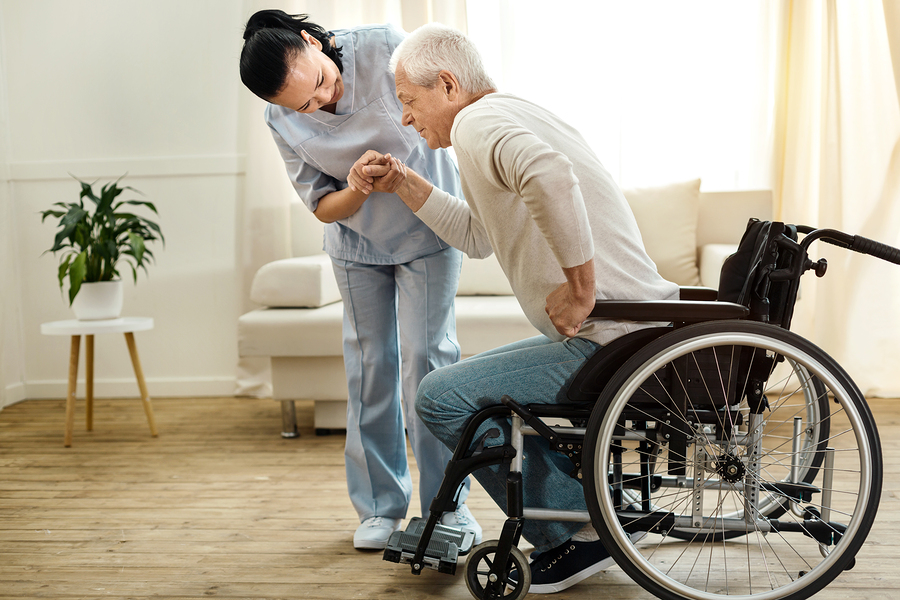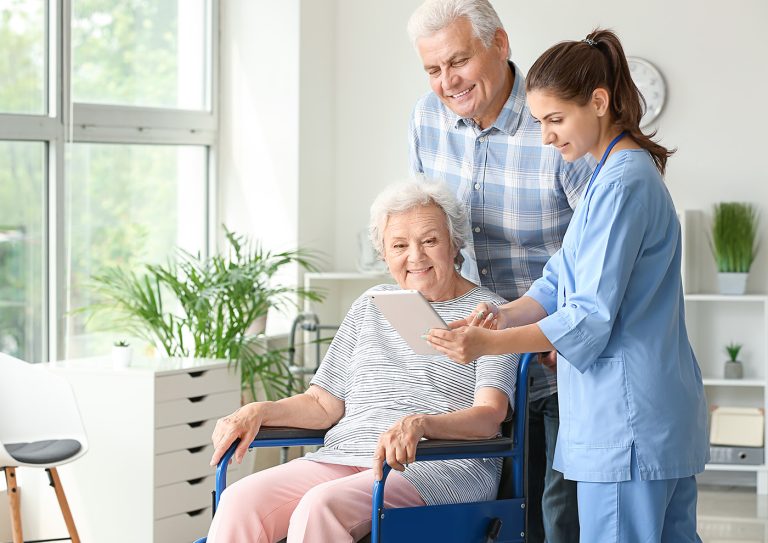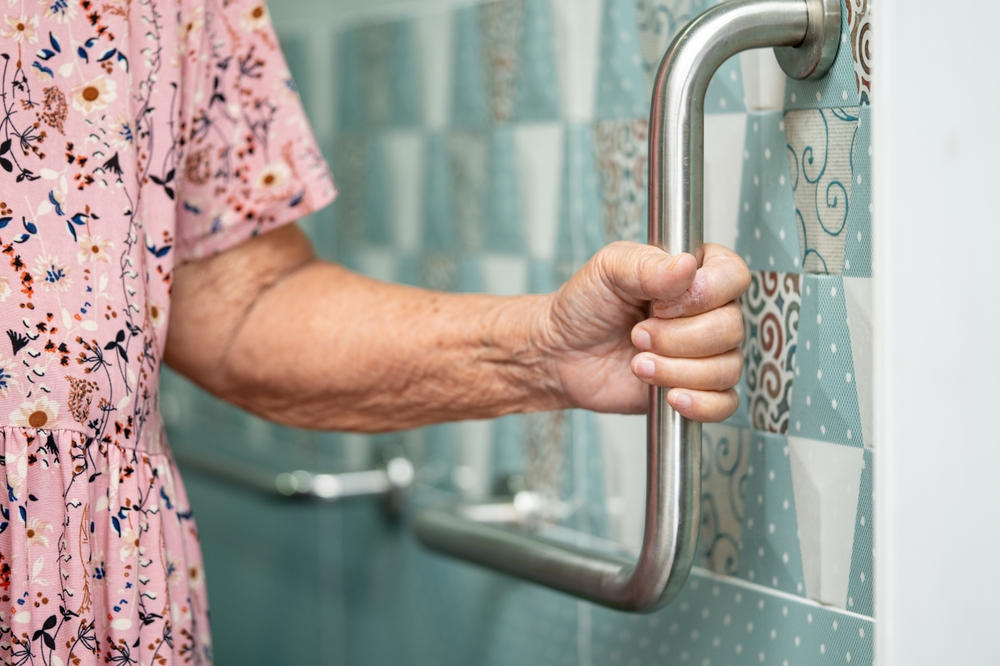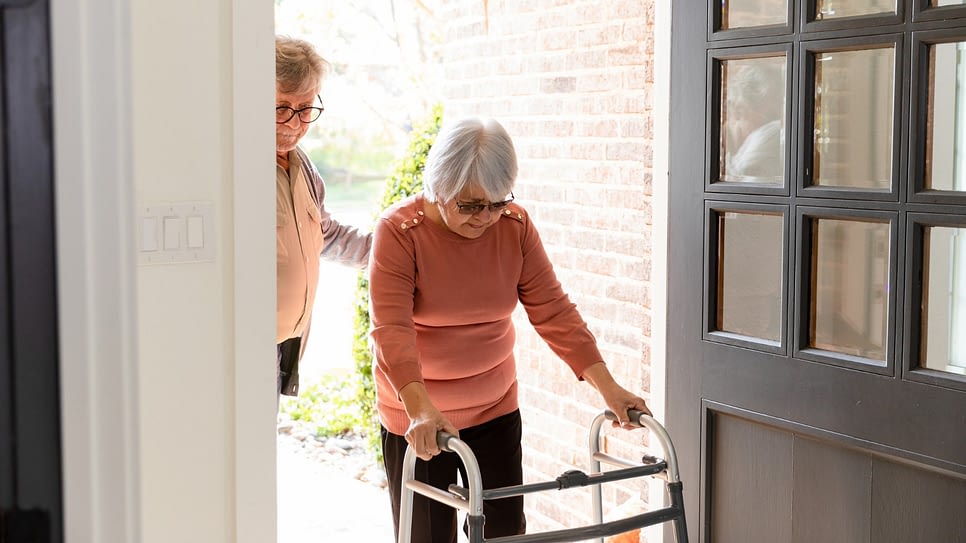As family caregivers, ensuring the safety of our loved ones in the comfort of their homes is a top priority. One of the most crucial areas to focus on is the living room, a place where many accidents occur. Living room fall prevention is essential for maintaining a safe and secure environment for everyone, especially the elderly and those at risk of falls.
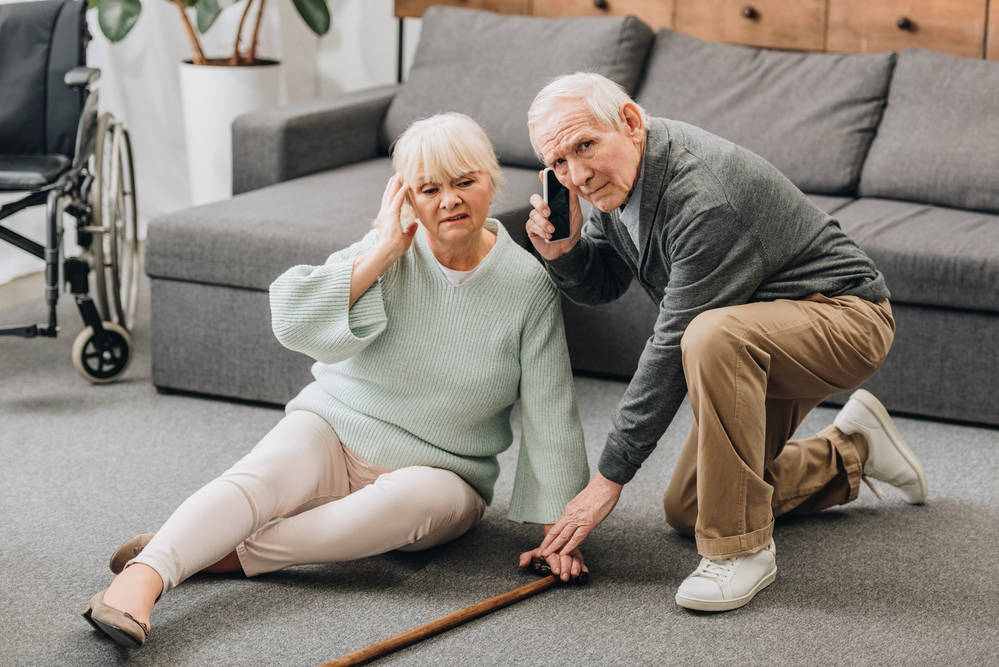
Why is Fall Prevention Important?
Falls can lead to serious injuries, loss of independence, and even death, particularly among older adults. According to the National Council on Aging, falls are the leading cause of fatal and non-fatal injuries for older Americans. Therefore, implementing fall prevention strategies in the living room is crucial to protect our loved ones.
Assessing the Living Room for Risks
Identifying Common Hazards
Look for loose rugs, clutter, and uneven surfaces that could cause trips and falls. Ensure that all walkways are clear and that furniture is arranged in a way that allows for easy movement.
Checking Lighting
Good lighting is essential for preventing falls. Ensure that the living room is well-lit and that there are no dark corners. Consider installing additional lighting fixtures if necessary.
Implementing Safety Measures
Using Non-Slip Rugs
Non-slip rugs can significantly reduce the risk of falls. Make sure all rugs have a non-slip backing or use rug pads to keep them in place.
Installing Grab Bars
Grab bars provide support and stability. Consider installing them near seating areas and any steps within the living room.
Rearranging Furniture
Ensure furniture is placed in a way that allows for easy navigation. Avoid sharp corners and edges that could cause injury.
Leveraging Technology for Safety
Smart Home Solutions
Smart home technology can enhance safety. Devices like motion sensors and smart lighting can help detect falls and provide alerts in case of emergencies.
Fall Detection Devices
Consider using wearables or other devices that can detect falls and send alerts to caregivers. These devices can be lifesaving in emergency situations.
Regular Maintenance and Upkeep
Cleaning and Decluttering
Regular cleaning and decluttering can prevent accidents. Ensure that all items are stored properly and that walkways are clear.
Routine Checks
Perform routine checks of the living room to identify and address potential hazards. This proactive approach can greatly reduce the risk of falls.
Involving Loved Ones in Safety Planning
Communicating with Family Members
Involve family members in safety planning discussions. Ensure everyone is aware of the measures in place and understands their importance.
Encouraging Input from Elderly Family Members
Encourage elderly family members to share their concerns and suggestions. Their input can provide valuable insights into creating a safer environment.
Educating About Fall Prevention
Resources and Workshops
Consider attending workshops or seeking resources that provide information on fall prevention. Education is key to understanding and implementing effective strategies.
Online Resources
Websites like the National Council on Aging offer valuable tips and information on making homes safer for the elderly.
Conclusion: Creating a Safe Living Room Environment
By taking proactive steps and utilizing available resources, we can create a living room environment that is safe and comfortable for everyone. Living room fall prevention is not just about avoiding accidents; it’s about ensuring the well-being and peace of mind of our loved ones.
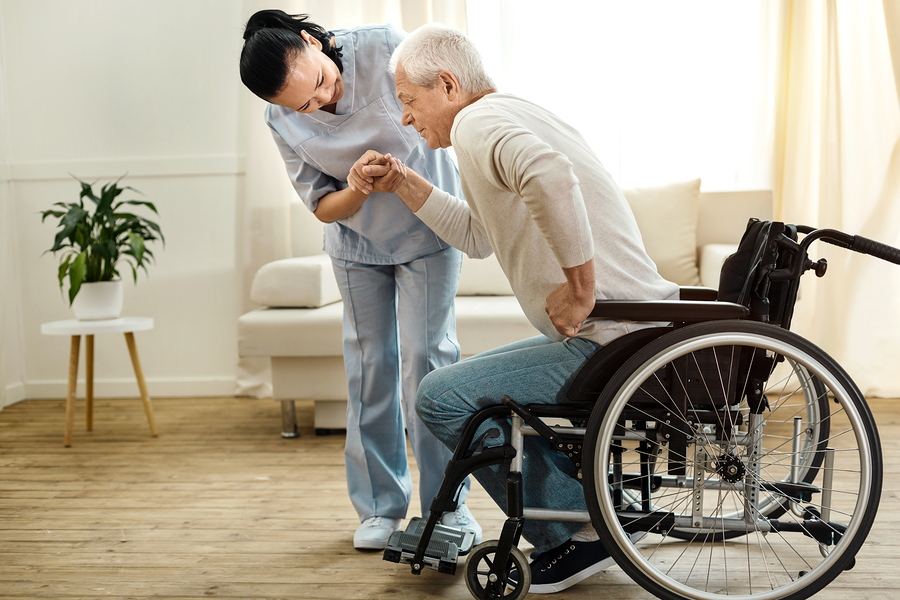
FAQs
1. What are the most common causes of falls in the living room?
Common causes include clutter, loose rugs, poor lighting, and uneven surfaces.
2. How can technology help in fall prevention in the living room?
Technology like motion sensors and fall detection devices can alert caregivers in case of a fall, providing timely assistance.
3. Are there any specific products that can help prevent falls?
Yes, products like non-slip rugs, grab bars, and smart home solutions can significantly reduce the risk of falls.
This article contains affiliate links. We may earn a commission at no extra cost to you.

